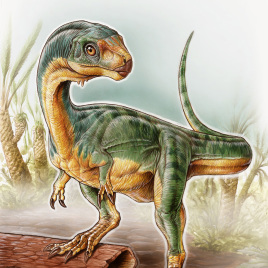A new species of dinosaur seemingly made up of parts from other dinosaurs, similar to the modern day platypus, has been found by seven-year-old Diego Suárez in Chile. The species was named after Suárez, Chilesaurus diegosuarezi, and belongs to the theropod group of dinosaurs and is closely related to the Tyrannosaurus rex. However the Chilesaurus […]
Tag: biodiversity
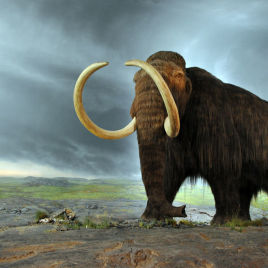
Discovering the hidden secrets of the woolly mammoth genome
Complete genome sequencing of two woolly mammoth (Mammuthus primigenius) specimens that lived approximately 4,300 and 44,800 years ago has been completed by researchers. The younger specimen was a member of one of last surviving mammoth populations. The researchers concluded that the woolly mammoth experienced a temporary population decline before recovering. This resulted in a reduction […]
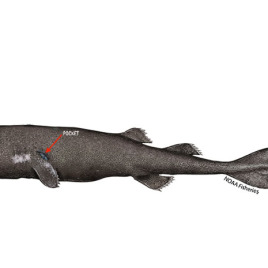
Rare Pocket Shark found
A small and rare species of shark has been observed for the second time only in history. Only 5 and a half inches long, it’s called “pocket” because of a distinctive ‘pocket’ gland above the pectoral fin. Researchers have found the rare specimen in the frozen remain of midwater trawl survey performed in the northern […]
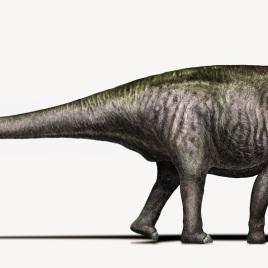
Brontosaurus did exist
While previously studies had suggested that Brontosaurus were the same species as Apatosaurus, a recent analysis has raised doubts about this. Paleontologists applied new statistical approaches to fossils to calculate the differences between species and genera of similar dinosaurs such as the Diplodocus, the Apatosaurus and the Brontosaurus. The differences were large enough reinstate Brontosaurus […]
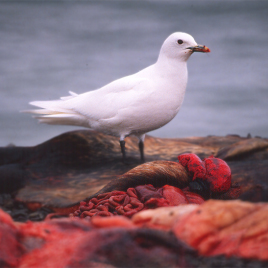
Mercury in endangered Ivory Gull feathers reach a 130-year record high
Ivory Gulls have declined by more than 80 per cent in Canada since the 1980s and have been listed as an endangered species in Canada since 2006. These gulls have the highest concentrations of mercury in their eggs of any Arctic bird, but the reason for their decline is not well understood. Researchers measured mercury […]

Pollinator-recognition in plants
Researchers have shown that a plant can discriminate among its pollinators. The plant, Heliconia tortuosa, produced 5.7 times as much pollen when it was visited by particular species of hummingbirds than other species or insects. The researchers suggest this ability enables the plant to maximize its reproductive strategy as the favoured hummingbirds travel greater distances, […]
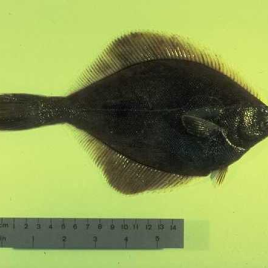
Warming oceans and melting ice mean fish will be able to move across the Arctic
Fish species living in the North Atlantic and Pacific may interchange as sea ice melts and the North West and North East passages open up. This future interchange could impact commercial fishing, as new high-latitude fisheries become more viable, and in local ecosystems as new species move in and old ones are forced out. Using […]
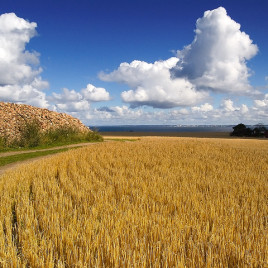
Defending durum wheat against Fusarium Head Blight
Researchers may have found the key to protecting durum wheat from Fusarium Head Blight (FHB), which leaves it unsuitable for human consumption or livestock feed. Common wheat has been bred to develop a resistance to this fungal disease, however durum wheat, which is used to create pastas, has no defence against it. Researchers analyzed two […]
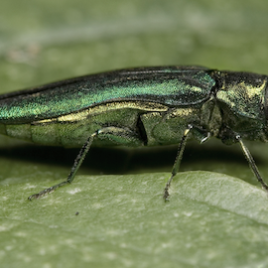
The Emerald ash borer can attack other tree species
New research shows that the emerald ash borer, an invasive beetle from Asia which has killed millions of ash trees in Canada, can also attack the white fringetree (Chionanthus virginicus). This small shrub, while native to the southeastern United States, is planted ornamentally in Ontario and Quebec. Researchers have found that white fringetrees in three […]
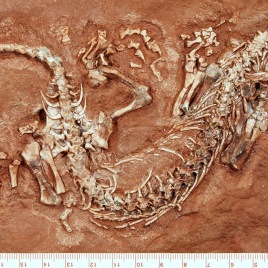
Fossil discovered by young boy in PEI shines light on the origin of turtles
Researchers have discovered a new genus and species of reptile from a 300-million-year-old fossil from Prince Edward Island. The fossil was found in PEI by a young boy and its family, and the species was named in his family’s honour, Erpetonyx arsenaultorum. This discovery indicates that reptiles at the end of this era were more […]
Fruit bats echolocate with wing clicks
Researchers have shown that Old World fruit bats – long thought to be non-echolocating species – use sound to help them navigate in the dark. Experiments showed that the fruit bats were making the noises not with their larynxes, but with their wing flaps. Although this form of echolocation is not as sophisticated as in […]
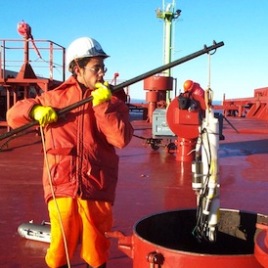
How risky is ballast water?
Many invasive species – e.g. zebra mussels – hitch a ride across oceans in ships’ ballast water, but a new study shows that some trips may pose more risk than others. Researchers sampled ballast water each day as ships crossed the ocean and discovered that invasive species are more likely to survive a shorter trans-Atlantic […]

Resolving a mastodon mystery in the Yukon
A re-examination of mastodon fossils from Alaska and the Yukon indicates that they are much older than previously thought. Previous studies dated the fossils to the last ice age, about 18,000 years ago. However, at that time the area was largely grassland, and mastodons were forest-dwelling animals. The new study used modern radiocarbon dating methods […]
Fighting malnutrition with ‘stronger’ chickpeas
Researchers have determined which genetic variations influence the iron and zinc concentrations in chickpea seeds, a finding that could help fight malnutrition in developing countries. The study examined 94 varieties of chickpea and found eight genetic variations – known as single nucleotide polymorphisms, or SNPs – that are associated with the iron and zinc concentration. Breeding […]
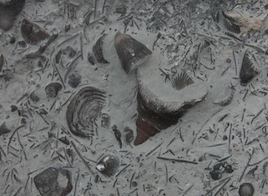
World’s first mass extinction was many events, not one
The world’s first mass extinction 444 million years ago was likely caused by a series of freeze-ups, and not a single massive ice age as previously thought. The extinction, which marks the boundary between the Ordovician and Silurian ages, wiped out 85 per cent of life in the oceans. In the new paper, fossil records […]
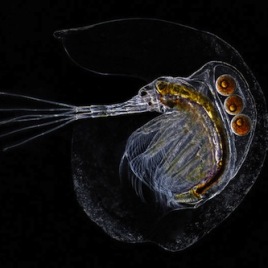
The ‘jellification’ of Canada’s freshwater lakes
A strange jelly-covered organism is taking over various lakes in Canada, and the cause is a kind of ‘aquatic osteoporosis’ due to low calcium levels, according to a new study. Researchers studied two kinds of tiny crustaceans about 1 mm or less in size: Daphnia – AKA water fleas – have a hard shell, while Holopedium […]
